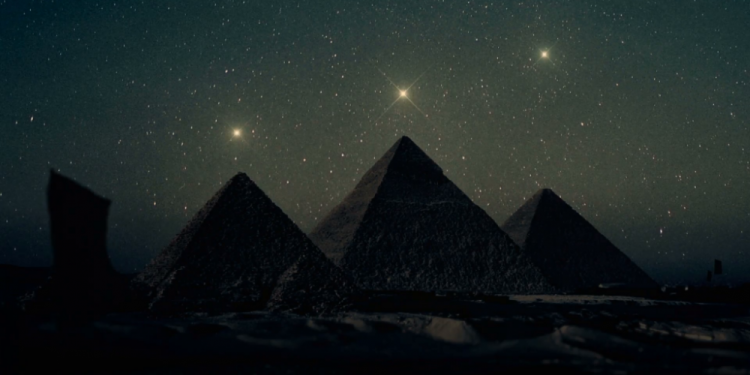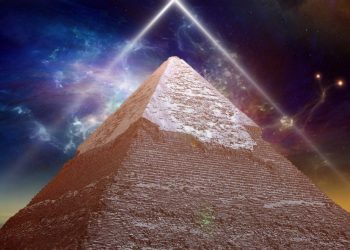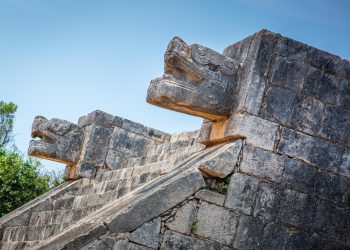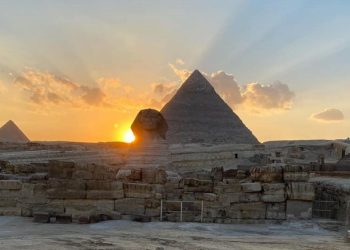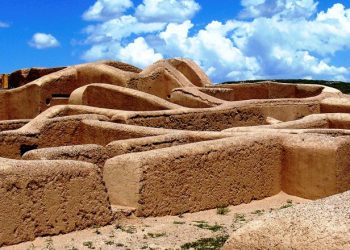The ancient civilizations that shaped our world left us an endless stream of mysteries as if they wanted us to participate in a game. The more we unfold, the more we dive into the unknown. Perhaps one of the most intriguing mysteries is how and why ancient civilizations aligned their monuments with the stars.
There is no question that people in the ancient world were deeply interested in space and the stars, but their striking precision remains an enigma. To some extent, the slow progress of finding a logical answer is because scientists and archaeologists did not think about the solar alignment until the late 19th century.
Unfortunately, early explorers believed that anything built before their time was more primitive and thus, did not even consider the possibility of ancient astronomy or mathematics.
In the second half of the last century, scientists and archeologists began to consider the possibility of ancient high sciences. Over the course of the past few decades, more and more indisputable evidence has been found of the existence of ancient astronomy and mathematics in connection to some of the most important monuments.
The most obvious example is the Pyramids of Giza. Besides the obvious accuracy towards the cardinal directions, they appear to be nearly perfectly aligned to Orion’s Belt. Yes, this has been subject to endless debates from the day it was discovered in 1993, and many opposers do not believe in this alignment.
However, can you truly argue about the existence of ancient astronomy and the ability of ancient people to use the stars when you have countless other monuments aligned with the stars? The most obvious candidates here would be Stonehenge and the ancient monuments in Teotihuacán that, once again, align with constellations.
Ancient Pyramids: Orion’s Belt
Ancient civilizations had an undeniable interest in Orion’s Belt among the countless stars in the sky. Once again, we focus our attention on the two locations mentioned above – the Pyramids of Giza and the Pyramids in Teotihuacan.
Pyramids of Giza
Depending on how you draw the Orion’s Belt, it is clearly visible that Giza’s Pyramids align with the three stars. It is known that this asterism was important for the Egyptians as it symbolized the god Osiris. Another important star in Egyptian cosmology was Sirius, otherwise known as the brightest star in the sky. Ancient Egyptians associated this particular star with the goddess Isis and believed that the two together with Orion’s Belt, were behind the world’s creation.
This leads to the most logical theory presented by experts. Knowing the high symbolism of gods in Ancient Egypt, perhaps they built the pyramids as a gateway to their world, and thus, this is why they aligned them with Orion’s Belt.
Furthermore, Egyptian pharaohs presumably believed that the pyramids could transport their souls to the gods in the afterlife. Knowing how dedicated to religion ancient people were, it sounds like a good enough reason to build the largest stone structures in history.
Pyramids in Teotihuacan
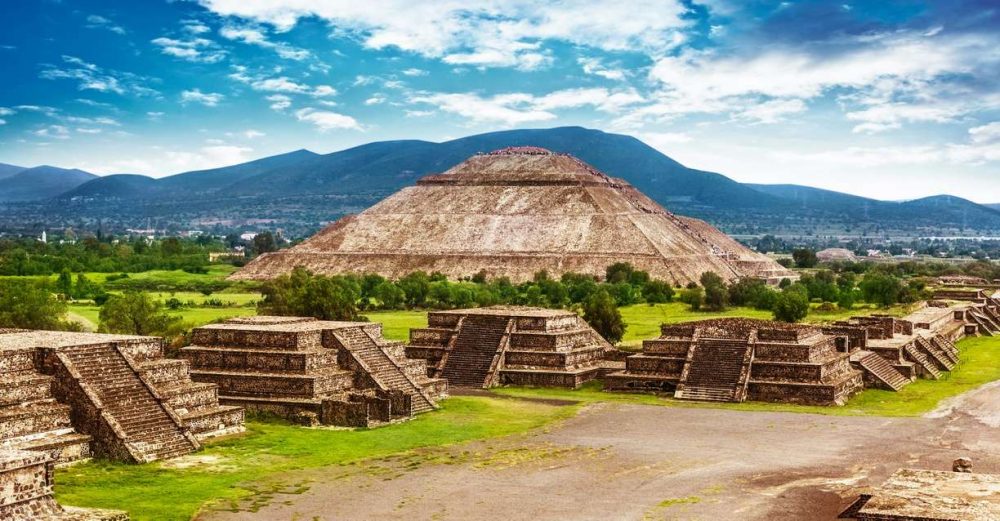
Albeit being located on the other side of the world and built millennia later than the Pyramids of Giza, several of the ancient monuments in Teotihuacan, an ancient city in Mexico, also resemble the same alignment to Orion’s Belt. Not to mention that most of the structures in the ancient city mirror other constellations and celestial alignments.
Once again, the local people believed that this was where the world was created.
Final Thoughts
We can only hope to find the truth behind these and the numerous other monuments aligned to the stars. It would be a disgrace to talk about coincidences, not to mention that we still cannot prove how these ancient structures were built without modern technology.
Join the discussion and participate in awesome giveaways in our mobile Telegram group. Join Curiosmos on Telegram Today. t.me/Curiosmos



